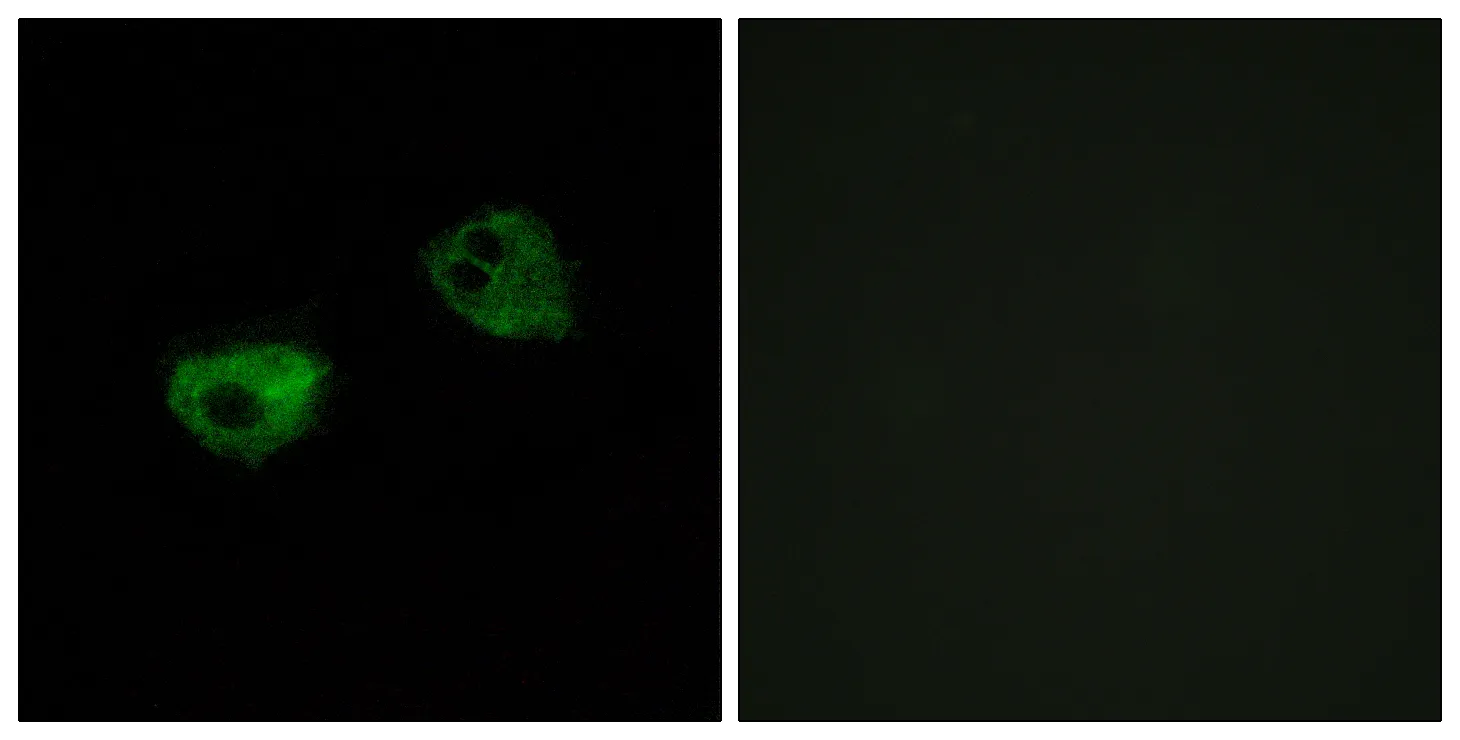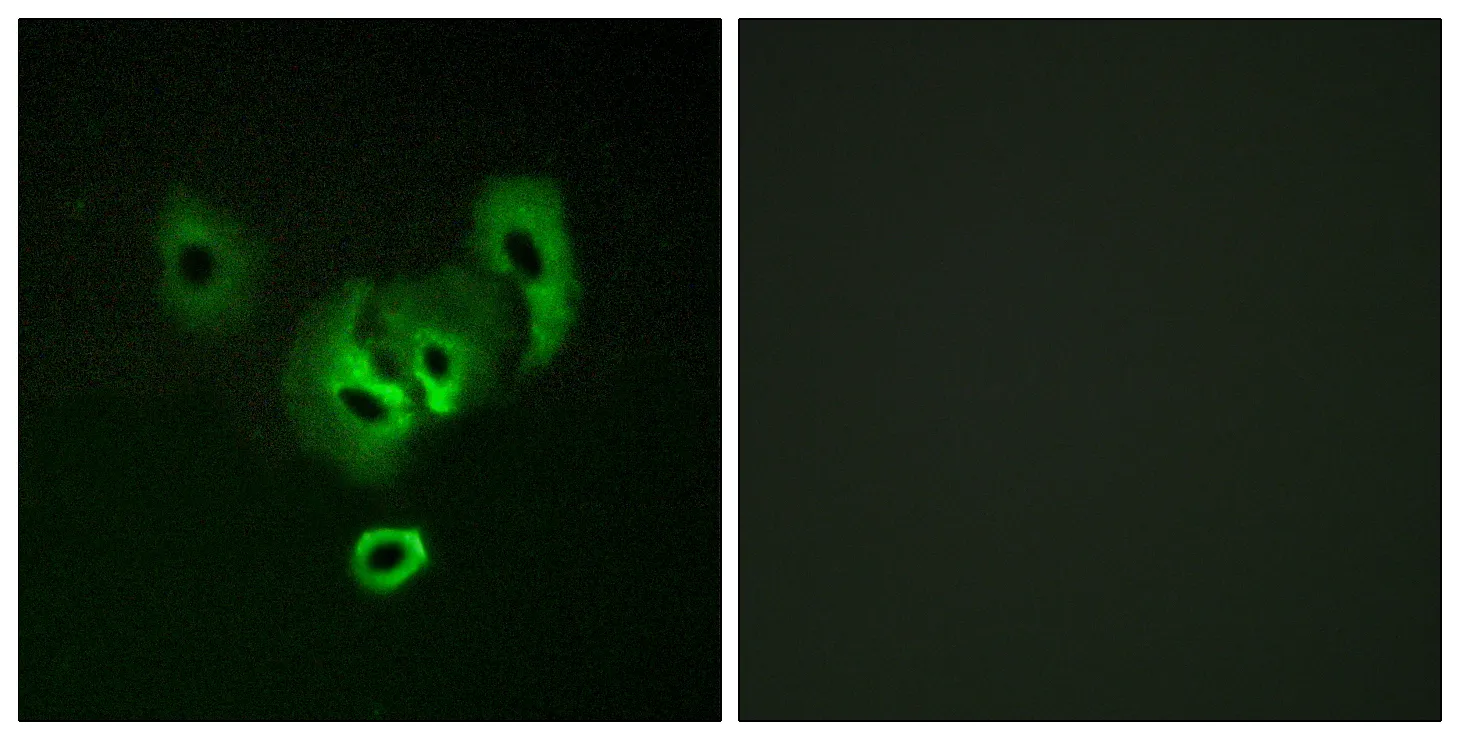Summary
Performance
Immunogen
Application
Background
This gene encodes a transcription factor containing an ETS DNA-binding domain. The gene can undergo a t(11;22)(q24;q12) translocation with the Ewing sarcoma gene on chromosome 22, which results in a fusion gene that is present in the majority of Ewing sarcoma cases. An acute lymphoblastic leukemia-associated t(4;11)(q21;q23) translocation involving this gene has also been identified. Alternative splicing results in multiple transcript variants. [provided by RefSeq, Aug 2012],disease:A chromosomal aberration involving FLI1 is a cause of Ewing sarcoma [MIM:133450]. Translocation t(11;22)(q24;q12) with EWS.,function:Sequence-specific transcriptional activator. Recognizes the DNA sequence 5'-C[CA]GGAAGT-3'.,miscellaneous:Located on a fragment of chromosome 11 flanked on the centromeric side by the acute lymphoblastic leukemia-associated t(4;11)(q21;q23) translocation breakpoint and on the telomeric side by the Ewing- and neuroepithelioma-associated t(11;22) (q24;q12) breakpoint.,similarity:Belongs to the ETS family.,similarity:Contains 1 ETS DNA-binding domain.,similarity:Contains 1 PNT (pointed) domain.,subunit:Can form homodimers or heterodimers with ETV6/TEL1.,
Research Area




